
Starkey Edge AI Hearing Aids – Innovative, Powerful, and Energy-Efficient in 2024
Just one year after launching the Genesis AI hearing aid, the American manufacturer is already introducing an entirely new, groundbreaking technology: the Starkey Edge AI.
Will hearing aid development continue at this rapid pace? Probably not. Until now, Starkey hearing aids were typically introduced in Europe about a year after their U.S. release. However, as the European market becomes increasingly important to the company, new devices are now being launched simultaneously in both the U.S. and Europe. This means there is no delay this year, giving us immediate access to the latest innovative technology.
But what exactly is new and innovative in Starkey Edge AI? AI has been a familiar concept in hearing aid technology for some time. The real challenge lies in integrating high-performance AI technology in a way that is both energy-efficient and aesthetically pleasing for users.
Starkey has equipped the new Starkey Edge AI with a chip previously used only in computers and smartphones.
Table of contents
G2 Neuro Processor
The integrated Neural Processing Unit (NPU) is a specially designed chip that handles artificial intelligence tasks with lightning speed and efficiency. It is optimized for speech processing and machine learning, mimicking the way the human brain operates.
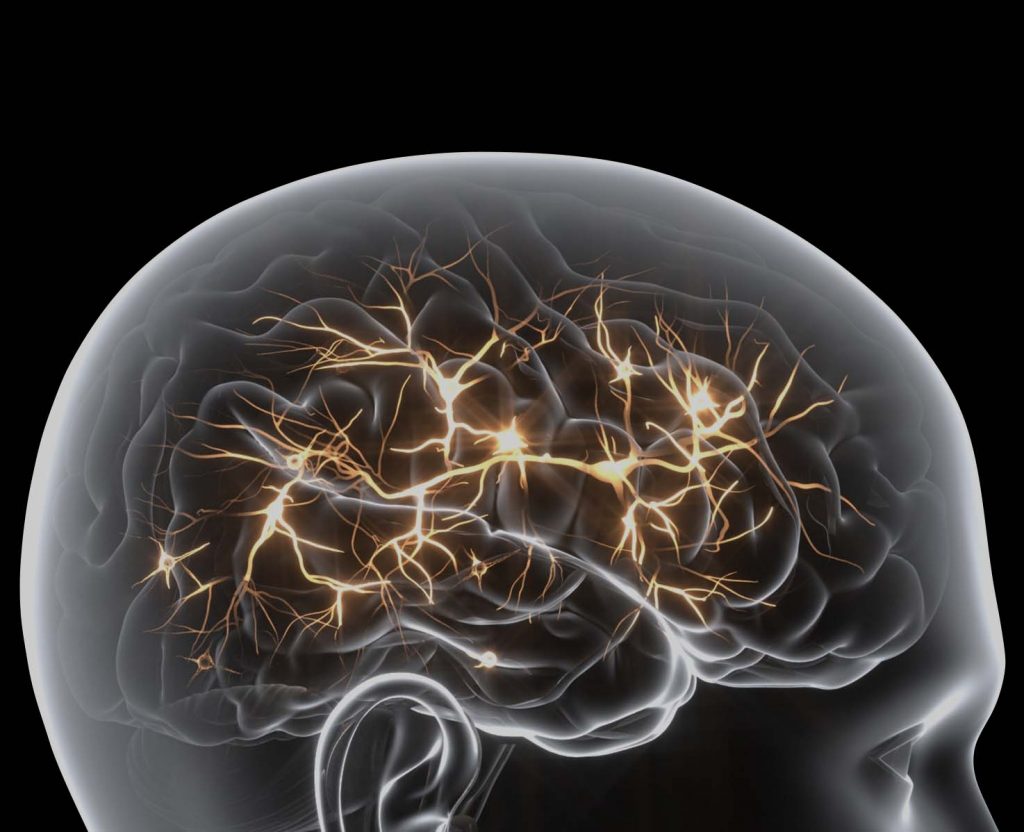
This technology enables complex AI tasks to be executed not only incredibly fast but also energy-efficiently—a perfect combination of performance and efficiency. We believe that at the time of its launch, the Starkey Edge AI is the most innovative hearing aid on the market.
Neuro Sound Technology 2.0
Sensory Domain
Using environmental data, this domain creates a kind of „sensory map“ that captures various sensory impressions and their connections. Based on this information, the Deep Neural Network (DNN) not only detects whether you are in a noisy or quiet environment but also recognizes if multiple speakers are present around you.
Key details, such as your movement or whether you are actively listening, are detected by the integrated motion sensors. The system combines all this information to select the optimal processing strategy and seamlessly adapt to your situation.
Natural Sound Through Expanded Dynamic Range
The dynamic range has been expanded by an impressive 20 dB, allowing the hearing aid to capture both soft and loud sounds with greater precision. At the same time, the baseline noise has been reduced by 10 dB, further minimizing disruptive background noise. Additionally, the saturation level has been increased from 108 to 118 dB—an essential factor in determining how well the device handles loud sound peaks.
The result? You’ll experience music much more naturally, as subtle nuances and loudest sound peaks are reproduced with greater clarity and without distortion.
DNN – Deep Neural Network
With this new technology, you can distinguish speech signals even more effectively—even in challenging situations like a crowded room with overlapping voices. Unimportant chatter is efficiently filtered out, while important conversations are highlighted with clarity.
The result: In noisy environments, you stay fully aware and effortlessly understand what truly matters with precision.
Sound Management
The Sound Manager utilizes a powerful combination of machine learning and Deep Neural Network (DNN) technology to analyze and understand your personal listening environment in real time. Whether you’re in a quiet setting or surrounded by a noisy crowd, the Sound Manager automatically and seamlessly adjusts the settings to match your current situation.
What makes it special? These adjustments happen so smoothly and precisely that you won’t even notice the transition between different sound modes. This ensures an optimal listening experience at all times—without the need for manual adjustments.
Edge Mode +
The integrated artificial intelligence undoubtedly enhances your listening experience by ensuring clearer and more comfortable hearing. However, one thing remains unchanged: no algorithm can perfectly predict your intentions or personal preferences at all times. This is where Edge Mode+ comes into play.
This mode remains available in the devices, allowing you to take control in specific situations. You can adjust the signal processing according to your individual needs—whether in a bustling café, at a concert, or during a quiet conversation. This gives you full control, ensuring a listening experience that perfectly matches your situation at any moment.
Battery Capacity
Thanks to the new, state-of-the-art, energy-efficient chip, you can now enjoy impressive battery life—despite the immense processing power required for advanced features like artificial intelligence and real-time signal processing. With a runtime of up to 51 hours, this chip allows you to use your hearing aid for extended periods without frequent recharging.
You can rely on your device to remain dependable and long-lasting, even with intensive use, ensuring crystal-clear sound quality throughout the day. This means more freedom without constantly worrying about battery levels.
My Starkey App
In addition to easy volume control and sound optimization, the app allows you to effortlessly switch between different hearing programs tailored to various environments. This enables you to customize your listening experience at any time – whether at home in a quiet setting or in bustling public spaces.
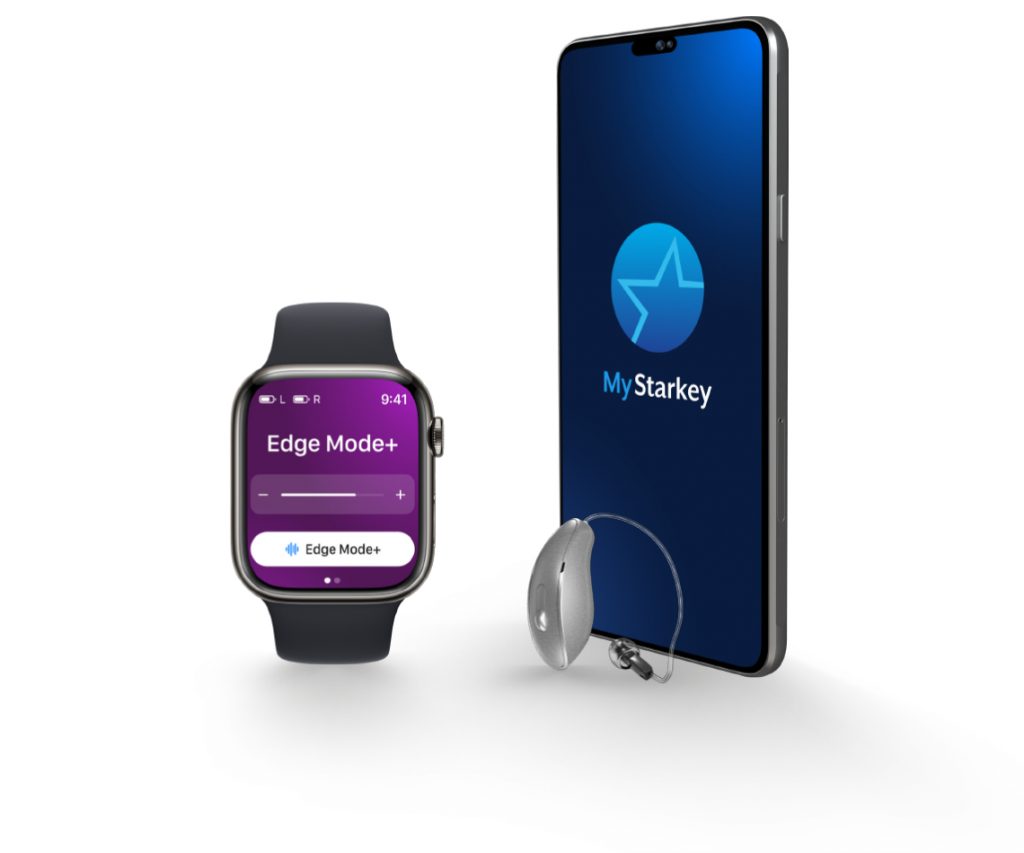
It also provides additional options that significantly enhance your listening experience and give you greater control:
- Translation
- Real-time transcription
- Intelligent assistant
- Find my hearing aid
- Fall alert
- Recording and analysis of detected balance issues
- Reminders
- Hearing aid check
- Remote adjustment
Bluetooth LE Audio with Auracast
The new Starkey Edge AI hearing aids are now equipped with the advanced Bluetooth LE Audio standard, offering a range of innovative features. One of the most groundbreaking advancements is the direct connection via Auracast to compatible transmitters.
Auracast allows you to seamlessly stream audio content in real time to multiple devices—perfect for listening in public spaces such as cinemas or conference rooms. This technology not only enhances sound quality but also gives you the freedom to enjoy your favorite music, movies, or conversations directly through your hearing aids without any extra steps.
New Accessories
The new Starkey Edge AI is now equipped with innovative Auracast technology, and it’s no surprise that Starkey is introducing a matching Auracast TV transmitter alongside it. This new transmitter is not only significantly more compact but also more powerful, revolutionizing the listening experience for the whole family.
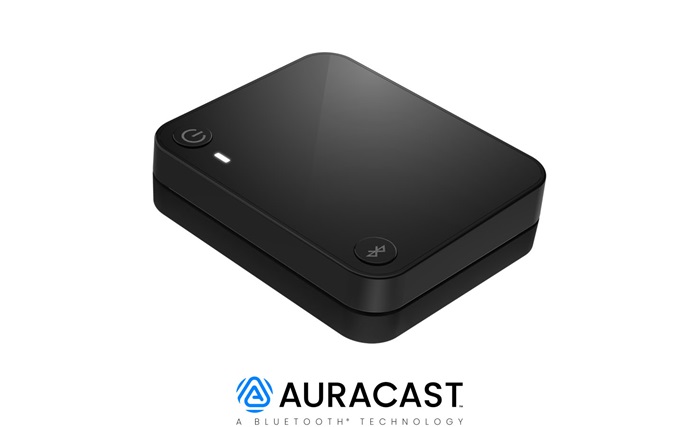
Now, all family members can effortlessly connect with their compatible devices and adjust their individual settings. Enjoy your favorite shows and movies in stunning sound quality while everyone customizes their personal listening experience. This makes watching TV together even more enjoyable!
For a complete overview of the available accessories for Starkey Edge AI devices, visit the manufacturer’s website.
The Starkey Edge AI Model Navigator
Starkey has long impressed us by launching every new technology simultaneously across all form factors:
Design Types
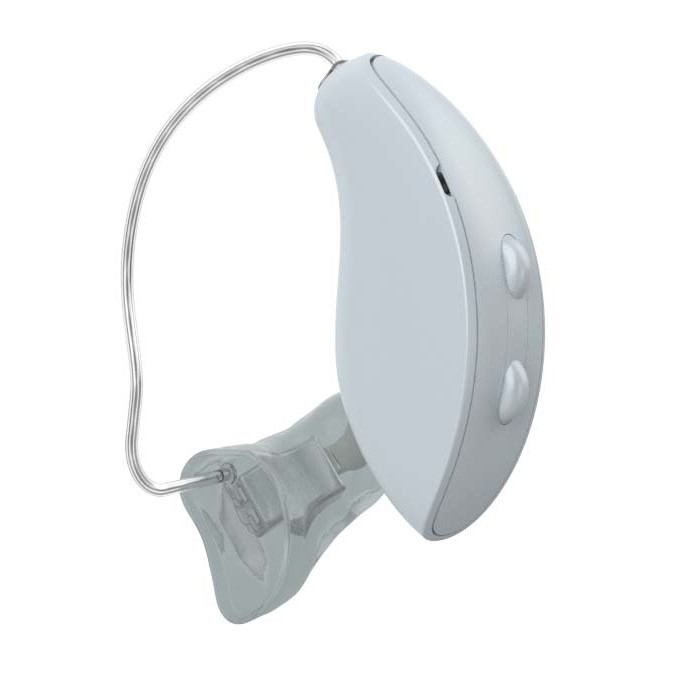
RIC 312: Behind-the-ear (BTE) hearing aid with a battery-powered receiver-in-canal (RIC) design.
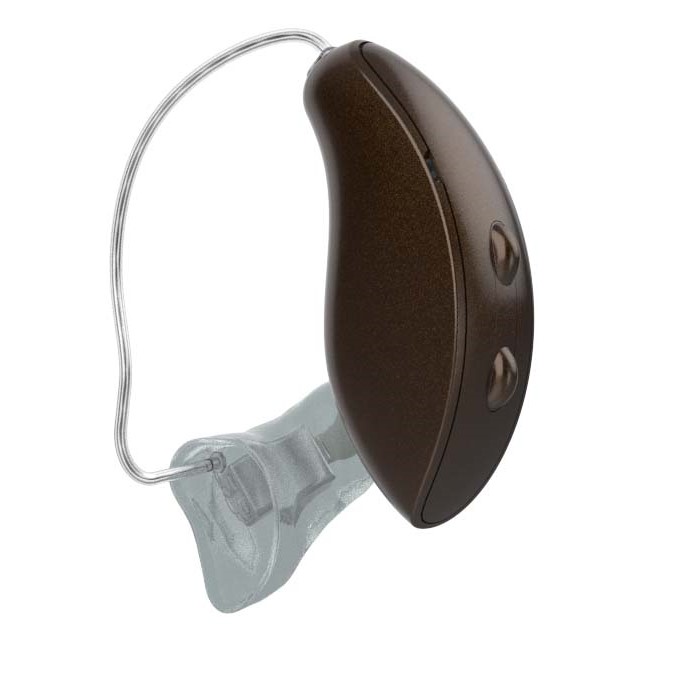
RIC RT: Behind-the-ear rechargeable RIC hearing aid with an external speaker.
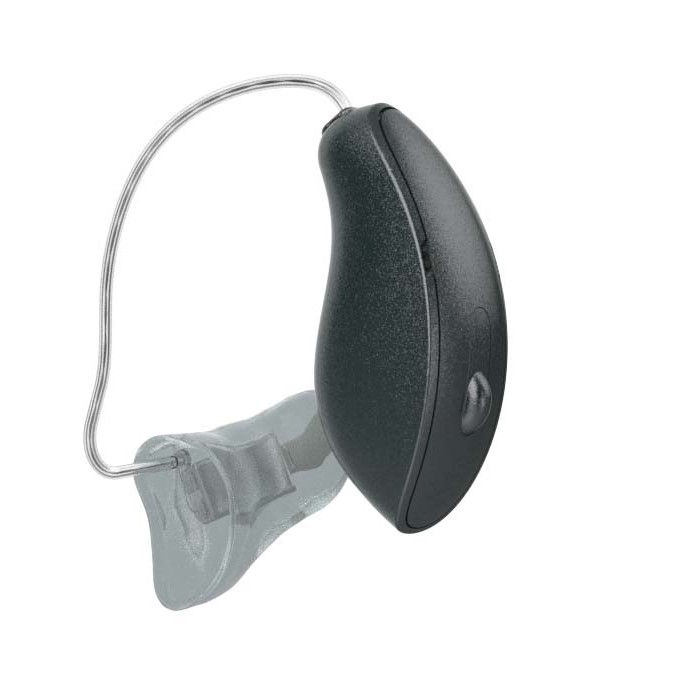
mRIC R: Similar to the rechargeable RIC model, this behind-the-ear hearing aid also features an external receiver but is significantly smaller.
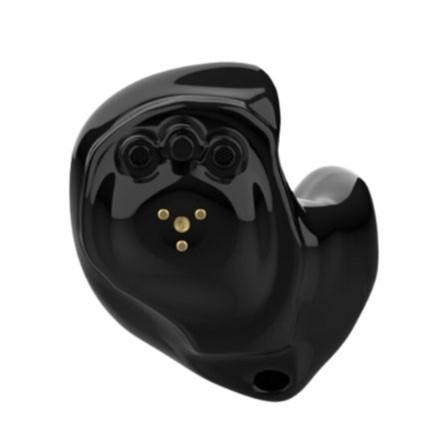
ITE R: This rechargeable in-the-ear (ITE) hearing aid sits in the ear concha, making it slightly more noticeable.
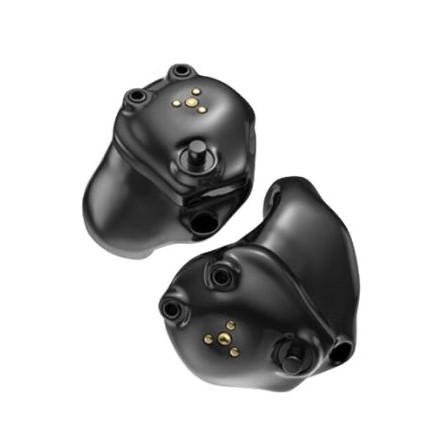
ITC R: A smaller rechargeable in-the-canal (ITC) version compared to the ITE, but still visible in the ear concha.
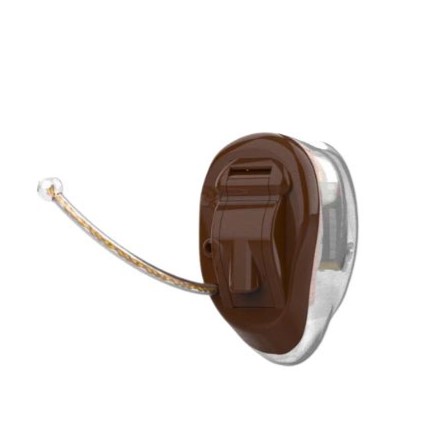
CIC W: A battery-powered completely-in-canal (CIC) hearing aid, slightly larger than the CIC NW, featuring a pull-tab with an integrated Bluetooth antenna.
Functional Differences Between Hearing Aid Types
All hearing aid models feature the same high-performance chip. However, differences arise due to variations in size and design specifications. Below is an overview of these distinctions:
| Rechargeable RIC | Battery-powered RIC | Rechargeable ITE | CIC-W | |
|---|---|---|---|---|
| Waterproof* | yes | no | yes | no |
| Bluetooth | yes | yes | yes | yes |
| Multi-microphone technology** | yes | yes | yes | no |
* When using a battery, the battery compartment creates an entry point for water, making waterproofing impossible.
** Multi-microphone technology is necessary to accurately determine the direction of incoming signals and effectively balance noise reduction. A second microphone requires additional space and therefore cannot be integrated into these miniature devices. In deeply seated in-the-ear hearing aids, this function is naturally performed by your ear concha.
Technical features
- 312: Operates with a flat 312 battery.
- R: Includes a rechargeable battery.
- RT: Includes a built-in telecoil and a rechargeable battery for easy charging.
- W: Equipped with a wireless antenna for streaming.
Technology Level
- 24: Premium model with full access to all features.
- 20: High-end features for an active and varied life
- 16: Mid-range model for everyday life
Differences in Technology Levels (TL)
Here, we provide a more detailed explanation of the differences already mentioned in the test reports to give you a clearer understanding of the specific distinctions.
| Support Situation | TL 24 | TL 20 | TL 16 |
|---|---|---|---|
| Reduction of disturbing machine background noise in dB | 22 | 12 | 7 |
| Enhancement of speech in noisy environments in dB | 22 | 10 | 8 |
| Reduction of loud impulse noises in dB | 15 | 9 | 6 |
| Wind noise reduction in dB | 35 | 19 | 10 |
| Expansion (prevents self-noise) | *** | ** | * |
| Enjoying music at concerts/choir performances | *** | ** | * |
| Speech focusing in all directions | *** | ** | * |
| Consonant enhancement for clearer and more pleasant speech sounds | *** | ** | * |
| Voice AI | yes | no | no |
| EdgeModus(+)* | TL 24 | TL 20 | TL 16 |
|---|---|---|---|
| Instant optimization of the hearing situation | yes | yes | yes |
| Customizable via app | yes | yes | no |
| Easy activation with a double tap on the hearing aid | yes | no | no |
| App Functions | TL 24 | TL 20 | TL 16 |
|---|---|---|---|
| Translation function | yes | no | no |
| Transcribe speech to text | yes | yes | no |
| Multiflex Tinnitus Pro | yes | yes | no |
Our Conclusion
The combination of an aesthetic design, ultra-long battery life, and truly outstanding speech comprehension support in challenging and demanding listening situations makes the Starkey Edge AI a remarkable success.
About the author

